-
 Bitcoin
Bitcoin $112400
-1.07% -
 Ethereum
Ethereum $3409
-3.27% -
 XRP
XRP $2.784
-6.60% -
 Tether USDt
Tether USDt $0.9997
-0.03% -
 BNB
BNB $739.3
-2.09% -
 Solana
Solana $158.0
-2.90% -
 USDC
USDC $0.9998
-0.02% -
 TRON
TRON $0.3213
-0.94% -
 Dogecoin
Dogecoin $0.1929
-5.01% -
 Cardano
Cardano $0.6974
-2.82% -
 Hyperliquid
Hyperliquid $36.69
-2.31% -
 Sui
Sui $3.327
-4.80% -
 Stellar
Stellar $0.3672
-5.18% -
 Chainlink
Chainlink $15.65
-3.07% -
 Bitcoin Cash
Bitcoin Cash $525.0
-1.68% -
 Hedera
Hedera $0.2291
-6.00% -
 Avalanche
Avalanche $20.91
-2.96% -
 Ethena USDe
Ethena USDe $1.000
0.00% -
 Toncoin
Toncoin $3.520
-1.12% -
 UNUS SED LEO
UNUS SED LEO $8.968
0.14% -
 Litecoin
Litecoin $105.7
0.26% -
 Shiba Inu
Shiba Inu $0.00001181
-1.79% -
 Polkadot
Polkadot $3.492
-2.08% -
 Uniswap
Uniswap $8.800
-3.10% -
 Dai
Dai $0.9999
-0.01% -
 Monero
Monero $289.9
-3.17% -
 Bitget Token
Bitget Token $4.243
-1.27% -
 Pepe
Pepe $0.00001006
-3.67% -
 Cronos
Cronos $0.1248
-5.68% -
 Aave
Aave $249.7
-2.50%
Is NEAR coin worth investing in? This article will help you understand the appreciation potential of NEAR coins
The scalability and transaction costs of NEAR Protocol (NEAR) make it a promising investment opportunity in the realm of layer-one blockchain platforms.
Oct 03, 2024 at 08:29 pm
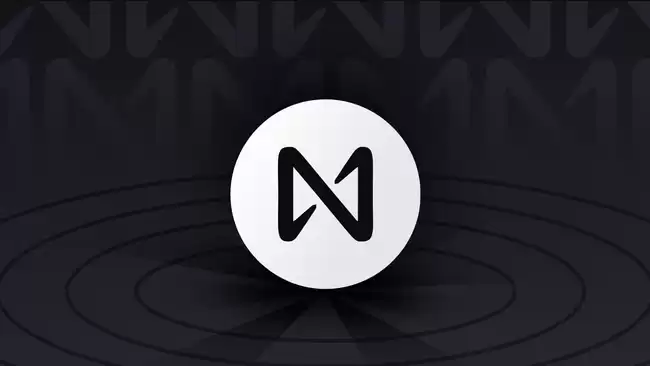
Is NEAR Coin Worth Investing In?
NEAR Protocol (NEAR) is a layer-one blockchain platform that aims to provide scalability, low transaction fees, and ease of use for decentralized applications (dApps). Its native token, NEAR, serves as a medium of exchange, gas fee payment, and staking mechanism within the NEAR ecosystem.
1. Scalability and Transaction Costs:
NEAR employs a sharding mechanism called Nightshade to achieve scalability. This allows multiple validators to process transactions simultaneously, reducing network congestion and transaction fees. As of writing, NEAR can handle up to 100,000 transactions per second (TPS) with an average transaction cost of less than $0.01.
2. User-Friendliness:
NEAR is designed to be user-friendly for developers and users alike. It offers a comprehensive software development kit (SDK) and developer tools to simplify dApp development and deployment. Additionally, NEAR's human-readable account names and high-quality documentation make it easier for users to interact with the platform.
3. Robust Ecosystem:
The NEAR ecosystem has grown rapidly in recent years. It now supports a wide range of decentralized finance (DeFi), non-fungible tokens (NFTs), and Web3 projects. This includes popular applications like NEAR Wallet, Metapool, and Paras. The growth of the ecosystem increases the potential use cases for NEAR and may drive demand for the token.
4. Strong Partnerships:
NEAR has forged strategic partnerships with several major companies and projects, including Google Cloud, Circle, and Binance. These partnerships provide NEAR with access to resources, market exposure, and technical support. They can also increase the adoption and trust in the platform.
5. Future Roadmap:
The NEAR team has an ambitious roadmap for the future. It plans to improve scalability, introduce new features like smart contract verification and governance, and expand the NEAR ecosystem. These developments could further enhance the value of NEAR as a platform and token.
Potential Risks:
While NEAR has a number of strengths, there are also some potential risks to consider before investing:
- Competition: NEAR faces competition from other layer-one blockchains like Solana, Avalanche, and Polygon. If these competitors gain market share or have superior technological advancements, it could impact the demand for NEAR.
- Regulatory Environment: The regulatory landscape for cryptocurrencies is still evolving. Changes in regulations could negatively affect NEAR and other crypto assets.
- Cryptocurrency Volatility: The cryptocurrency market is highly volatile. The value of NEAR, like other cryptocurrencies, could fluctuate significantly.
Conclusion:
NEAR Protocol has a number of promising features that make it worth considering for investment. Its scalability, low transaction costs, user-friendliness, and robust ecosystem are strengths that could drive demand for the NEAR token. However, investors should also be aware of the potential risks associated with cryptocurrency investing and conduct their own due diligence before making any investment decisions.
Disclaimer:info@kdj.com
The information provided is not trading advice. kdj.com does not assume any responsibility for any investments made based on the information provided in this article. Cryptocurrencies are highly volatile and it is highly recommended that you invest with caution after thorough research!
If you believe that the content used on this website infringes your copyright, please contact us immediately (info@kdj.com) and we will delete it promptly.
- Grayscale, Altcoin Trust, and Mid-Cap Mania: What's the Deal?
- 2025-08-03 08:50:16
- XRP, ADA, and the Altcoin Evolution: What's Hot and What's Next
- 2025-08-03 08:30:16
- HBAR Price Check: Will Monthly Gains Hold at This Resistance Level?
- 2025-08-03 08:30:16
- Bitcoin, Cryptos, and Retirees: A New Era of Investment?
- 2025-08-03 08:50:16
- BlockDAG's Presale Power & Active Miners: A New York Minute on Crypto's Hottest Trend
- 2025-08-03 08:55:25
- BlockDAG Presale Heats Up: SUBBD Trails as Innovation Meets Execution
- 2025-08-03 09:00:16
Related knowledge
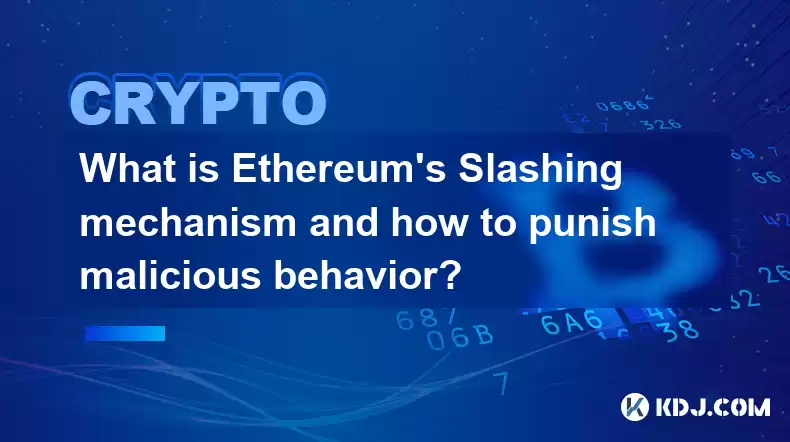
What is Ethereum’s Slashing mechanism and how to punish malicious behavior?
Feb 20,2025 at 03:08am
Key PointsOverview of slashingDifferent types of slashing in EthereumIncentives and consequences of slashingIdentifying and reporting slashed validato...
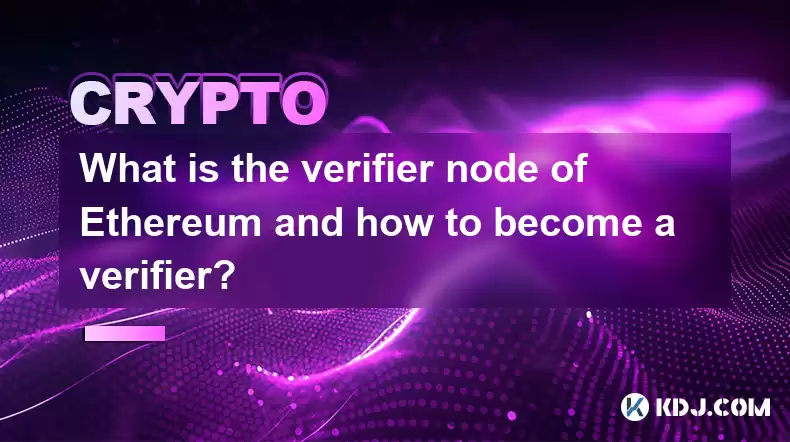
What is the verifier node of Ethereum and how to become a verifier?
Feb 19,2025 at 06:00pm
The Verifier Node of Ethereum: A Comprehensive GuideKey Points:What is a Verifier Node?How to Become a Verifier NodeResponsibilities and Rewards of a ...
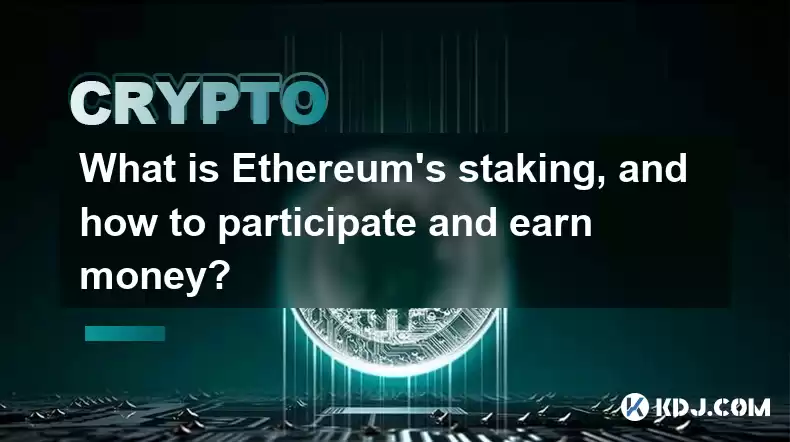
What is Ethereum’s staking, and how to participate and earn money?
Feb 19,2025 at 04:37pm
Key Points:Understanding Ethereum's Staking MechanismSteps to Participate in StakingBenefits and Rewards of StakingSecurity and Risk ConsiderationsTec...
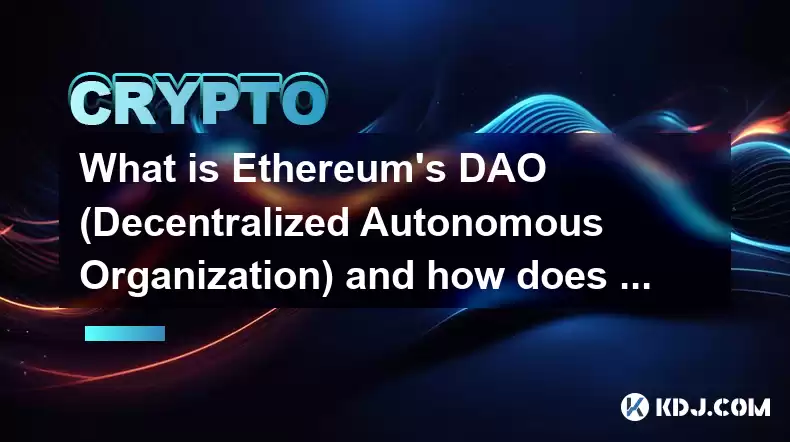
What is Ethereum’s DAO (Decentralized Autonomous Organization) and how does it work?
Feb 20,2025 at 03:12am
Key PointsDefinition and Structure of a DAOGovernance and Decision-Making in DAOsBenefits and Use Cases of DAOsChallenges and Limitations of DAOsWhat ...
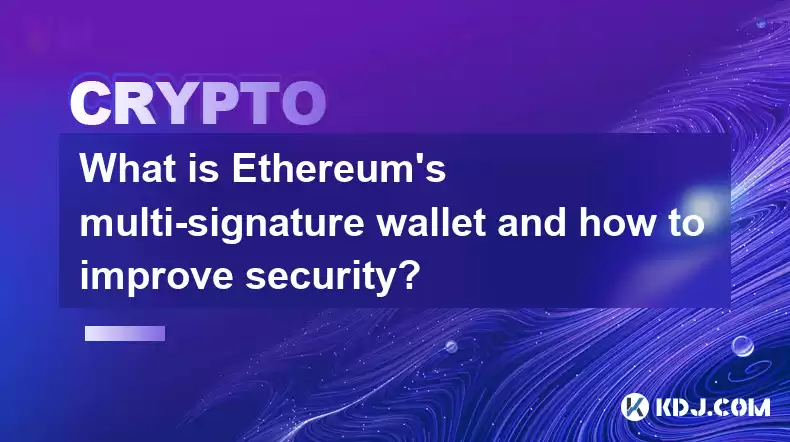
What is Ethereum's multi-signature wallet and how to improve security?
Feb 20,2025 at 02:18pm
Key Points:Understanding the Concept of a Multi-Signature WalletBenefits and Drawbacks of Multisig WalletsRequirements for Setting Up a Multisig Walle...
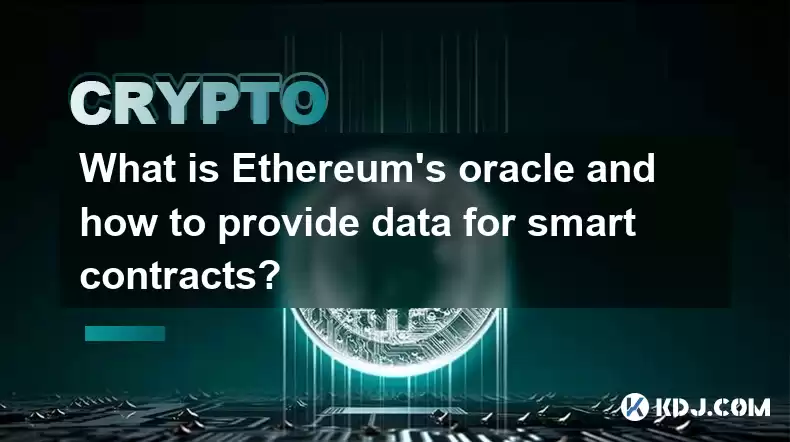
What is Ethereum's oracle and how to provide data for smart contracts?
Feb 21,2025 at 01:30am
Key Points:Understanding the concept of oracles in EthereumExploring different types of oraclesDetailed guide on how to provide data for smart contrac...

What is Ethereum’s Slashing mechanism and how to punish malicious behavior?
Feb 20,2025 at 03:08am
Key PointsOverview of slashingDifferent types of slashing in EthereumIncentives and consequences of slashingIdentifying and reporting slashed validato...

What is the verifier node of Ethereum and how to become a verifier?
Feb 19,2025 at 06:00pm
The Verifier Node of Ethereum: A Comprehensive GuideKey Points:What is a Verifier Node?How to Become a Verifier NodeResponsibilities and Rewards of a ...

What is Ethereum’s staking, and how to participate and earn money?
Feb 19,2025 at 04:37pm
Key Points:Understanding Ethereum's Staking MechanismSteps to Participate in StakingBenefits and Rewards of StakingSecurity and Risk ConsiderationsTec...

What is Ethereum’s DAO (Decentralized Autonomous Organization) and how does it work?
Feb 20,2025 at 03:12am
Key PointsDefinition and Structure of a DAOGovernance and Decision-Making in DAOsBenefits and Use Cases of DAOsChallenges and Limitations of DAOsWhat ...

What is Ethereum's multi-signature wallet and how to improve security?
Feb 20,2025 at 02:18pm
Key Points:Understanding the Concept of a Multi-Signature WalletBenefits and Drawbacks of Multisig WalletsRequirements for Setting Up a Multisig Walle...

What is Ethereum's oracle and how to provide data for smart contracts?
Feb 21,2025 at 01:30am
Key Points:Understanding the concept of oracles in EthereumExploring different types of oraclesDetailed guide on how to provide data for smart contrac...
See all articles

























































































